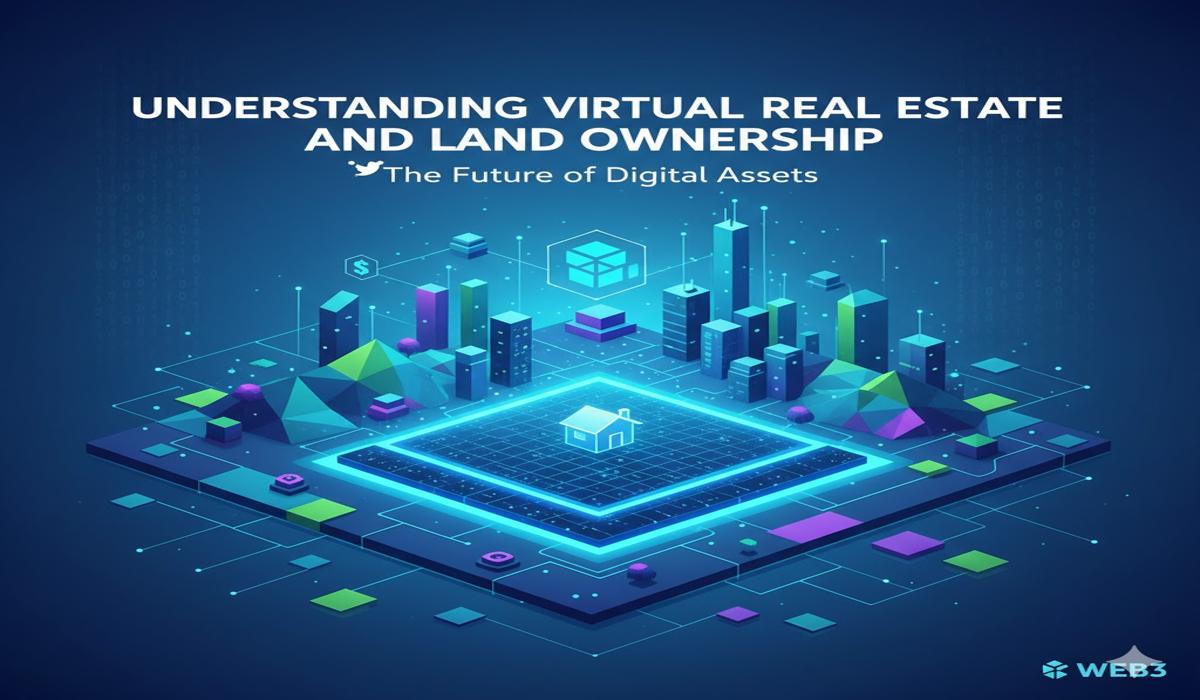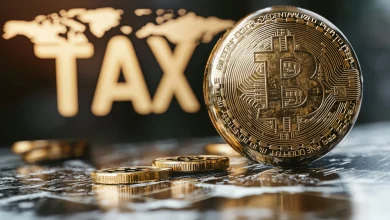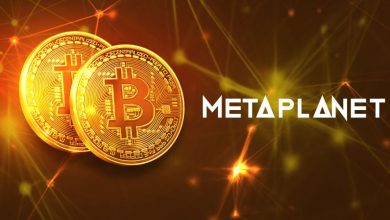Understanding Virtual Real Estate and Land Ownership


Virtual reality (VR) is changing how people work, live, and connect online. It creates a digital world where individuals can move, interact, and build things like in real life. However, this is possible through screens and headsets.
One interesting aspect of this new world is virtual real estate, where you can own land and property inside virtual spaces. While this idea sounded strange at first, it is becoming a serious business. Investors, large brands, and regular users are spending real money to own pieces of land in virtual spaces.
Most of these virtual worlds are built on and blockchain technology. Therefore, this ownership is recorded digitally with non-fungible tokens (NFTs), which function like digital land titles. In this article, we’ll discover how virtual real estate works and all the significant information about it.
Key Takeaways
- Virtual real estate is digital land existing virtual world, usually called metaverse platforms.
- Ownership of virtual properties is recorded using blockchain and NFTs, giving users secure proof of ownership through their crypto wallets.
- Prices can change quick, and ownership depends on the platform staying active.
- It offers quick transactions, global access, and new income opportunities.
What is Virtual Reality Real Estate?
Virtual reality real estate refers to owning land or property in a digital world. Instead of purchasing land in a physical location, you can purchase a piece of land existing in a virtual environment. You can use your computer or VR headset to walk around your property, build on it, or invite others to visit.
These digital lands are what people call the metaverse, a shared online space to play games, do business, or socialize. The land you own is on a digital map, and each plot has a unique size and location.
How Virtual Land Ownership Works
While owning land in virtual reality may sound complex, it follows a simple digital process. In most cases, virtual real estate exists on blockchain platforms, and ownership is connected to crypto assets.
When you purchase a piece of land, what you own is a unique digital token called an . This NFT is proof that you own a particular plot of land. The ownership details of your virtual real estate are stored securely on the blockchain. Therefore, no one can copy or change it. Also, it is simple to confirm who the true owner is. This NFT can be stored in your crypto wallet, just like you would keep tokens or other digital assets.
With your virtual real estate, you can build virtual houses, shops, offices, or create events and games. Some people rent their land for virtual concerts or advertising, and others trade it later when the value increases.
purchaseing and tradeing mostly happen on marketplaces that accept cryptocurrency. These platforms allow you to browse available plots, check their prices, and complete the purchase with popular cryptos like ETH.
Benefits of Virtual Real Estate
Having your virtual land in the metaverse comes with distinct advantages that combine technology, investment opportunities, and creativity. Here are some of the major benefits.
1. Global accessibility
You don’t have to live in a specific region or travel anywhere to purchase virtual property. All you need is a crypto wallet and an internet connection. Virtual real estate is open to anyone around the world, giving equal access to global opportunities and markets that were once limited to local investors.
2. quick and simple transactions
purchaseing or tradeing virtual land works simpler than real-world property deals. Instead of spending weeks on paperwork and government approvals, all transactions are completed on the blockchain rapidly. All ownership transfers happen instantly through NFTs, and all payments happen with cryptocurrency.
3. Creative freedom
Virtual land gives you the freedom to design and build whatever you imagine. With your virtual real estate, you can build a digital art gallery, a mansion in the clouds, and more. You also don’t have to worry about physical limits or building permits. This creativity is one of the notable attractions for developers, artists, and brands.
4. Multiple income opportunities
Your virtual land can generate income in several ways. For instance, you can host exhibitions, concerts, or meetings and charge entry fees. You can trade advertising space to brands looking for visibility, or rent it out for digital events or online stores.
5. Investment and value growth
Like physical land, virtual plots appreciate over time. As more users join the platform or the metaverse gains popularity, land demand increases, thereby driving prices up.
Risks and Challenges of Virtual Real Estate
While owning a virtual property can be exciting, it comes with some risks. Understanding them can assist you make smarter choices and avoid common mistakes.
1. Market volatility
The prices of virtual real estate can fluctuate rapidly, similar to crypto prices. A property worth $5000 today could drop to $1000 if the crypto markets crash or the platform loses popularity.
2. Lack of legal protection
Virtual property is not yet recognized by most legal systems. There are no agencies to protect you in case of disputes or record ownership. Your single protection comes from the platform’s blockchain records and internal policies.
3. Platform dependency
Your virtual land only exists on one metaverse platform. Therefore, if the platform shuts down, faces financial issues, or changes regulations, your investment can lose all its value. Virtual real estate is mostly dependent on the long-term survival of the organization behind it.
4. Cybersecurity risks
Since land ownership depends on crypto wallets, are common threats. If someone has access to your wallet, they can transfer your NFTs without your permission. Phishing links, fake websites, and rug-pull scams are also common dangers.
Conclusion: The Future of Ownership in a Virtual, Crypto-Driven World
Virtual real estate is more than a digital trend; it’s a way to think about community, property, and ownership in the technology age. As more people spend time in virtual spaces for diverse reasons, owning land in these worlds may become as natural as having a social media account or website. However, like crypto investments, is unpredictable and growing. Therefore, the smartest approach is to explore carefully, stay informed, and invest what you can afford to risk.







